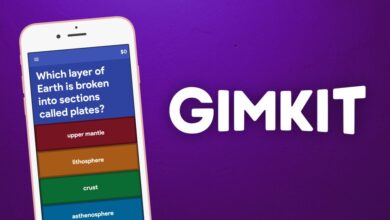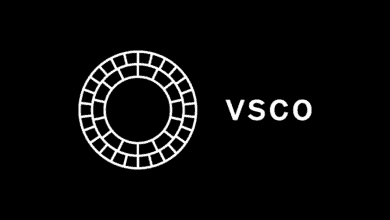
Content Marketing Plan: Much as the success slogan for brick-and-mortar businesses is “location, location, location,” the winning chant for online companies is “content, content, content.” There are several reasons why great content may assist your company in achieving its goals, including the following.
1 – 70% of businesses, including your competitors, use content marketing.
2 – Content marketing may increase website traffic by 55%.
3 – Content marketing is 62% less expensive than conventional marketing.
Yet, just 36% of businesses are “extremely devoted” to content marketing. Each company conducting business online, such as merchants, subscription services, business apps, or bespoke software developers, requires a content creation plan to demonstrate its competence, increase website traffic, and advance prospects through the sales funnel.
Suppose you have a content marketing plan; great! It is a good moment to evaluate it and make sure it is assisting you in achieving your business goals. Use the advice below to create a business plan if you don’t already have one, and watch as your company expands.
Define Goals
To identify your goals, ask yourself these important questions. Are you trying to increase the number of visitors to your website? The number of customers do you have? How much do they spend on each transaction? The number of times they return? Your content approach should reflect these goals.
Once you have identified them, you must figure out how to quantify them. Next, establish critical performance metrics to achieve this (KPIs). These should be gradual so that you can determine whether or not you’re making progress. For instance, if you intend to increase the number of website visitors by 25% within a year, you need to review this number every three months to ensure it is increasing. You are on the correct road if you have a 6% growth rate after one quarter and a 12% growth rate after two.
Identify Audience
Your target market is typically your audience. If you already have data on them, you may use it to determine the topics and tone of your content. For instance, if you are an online clothes company catering mostly to college-educated women between the ages of 25 and 34, consider creating content on fashion for work, social events, or family activities.
If feasible, divide your target audience into smaller groups. You may use this information to create buyer personas, composite characters you build to depict a certain sort of consumer. For instance, the apparel shop may build personas for students, working professionals, and stay-at-home mothers. You may create more tailored content to reflect the demands of each character.
Decide On Topics, Types, And Outlets
Now you can start becoming more specific about the appearance and location of your content. Start by asking your present customers for comments. What types of information do they need from you? Use online polls or your social media outlets to collect this information. Next, examine what your competitors are doing, including what works and what doesn’t. Finally, make a list of the topics you wish to address.
And consider how to present the information. For example, does your target audience like reading? If so, blog posts, articles, newsletters, eBooks, and white papers may make the most sense. Are they more aesthetically inclined? If so, infographics, videos, and photos could work better. You might also explore case studies, seminars, webinars, and podcasts.
Location is also essential for reaching your target audience. Your website is the default location for all of your content. Create an area to keep them, separate them into content kinds, and start to build your collection there. Then, from your social media platforms, link to these articles, and from your other content, cross-link to them (such as to an infographic from a related blog post). You may also create special content for, for instance, your email subscribers.
Create Content Calendar
Create a calendar that allocates each piece of content to date, an outlet, and a project manager to ensure your content is current, relevant, and supports your goals. Choose a tool that makes the most sense for you and your team. Create a Google Calendar and add each piece of content as an event, for instance. Try Asana or CoSchedule, two popular project management apps.
Promote Content
Content promotion should be a part of your plan and calendar. Whenever you have a great article, such as an eBook or a podcast episode, let the world know about it. There are several methods for doing so.
1 – Publish alluring descriptions and links on your social media networks.
2 – If you have a newsletter, do the same thing.
3 – Repost on websites such as LinkedIn and Medium that allow you to create content on their platform.
4 – Place advertisements on Facebook or Google.
5 – Increase your reach by using bulk SMS platforms.
6 – Use your network to identify bloggers, podcasters, and social influencers who will mention you, your content, and your goods or services.
Conclusion: Content Marketing Plan
Content marketing may be a great tool to reach new customers and increase revenue. But, it may be time-consuming, even more, if no plan is in place. So, figure up a strategy in advance. Then, when the sales start coming in, you’ll be pleased you did.



